Islamic extremists in 2012 published a terrifying “most wanted list,” like those of the FBI. Title: “Yes, we can. A bullet a day keeps the infidel away…” What happened to the faces and names on that list? They have been killed, left the public arena to protect themselves, or died under police protection.
The Swedish cartoonist Lars Vilks died with his police guards in a terrible car accident. As journalist Douglas Murray explained:
“Lars Vilks was a man and artist of enormous courage. He should never have been in this situation, and if other artists and others across Europe hadn’t been so cowardly then he never would have been”.
Carsten Juste, who as editor of the Danish newspaper Jyllands Posten published the cartoons on Muhammad in 2005, apologized and left journalism. Flemming Rose, the editor of the Jyllands Posten who commissioned the cartoons (the Taliban put a bounty on his head), resigned and published a book with the eloquent title The Tyranny of Silence. “The drama and the tragedy is that the only ones to win are the jihadists,” Rose told the Danish newspaper Weekendavisen.
Kurt Westergaard, the cartoonist of the most famous of the Danish cartoons, passed away in his “bunker house,” where Islamists had tried to assassinate him.
Molly Norris, a Seattle Post cartoonist, became a “ghost.” She changed her name and disappeared. Nothing is known about her after the FBI put her in the witness protection program.
Geert Wilders is alive only because he is protected by a military unit of the Dutch army generally assigned to ensure the security of the embassy in Afghanistan. Wilders still lives in safe houses and must wear a bulletproof vest during televised debates.
Stéphane Charbonnier, editor-in-chief of the French satirical magazine Charlie Hebdo, was murdered along with eight of his colleagues.
Ayaan Hirsi Ali left the Netherlands and sought asylum in the United States, where she is under around-the-clock protection.
Now there was the attempt to assassinate Salman Rushdie. “The lesson of this story is atrocious: Rushdie is alive, but the camp of the killers has not completely lost, it has even won a little”, wrote Etienne Gernelle, the editor of French weekly Le Point. British columnist Kenan Malik told the BBC that if Salman Rushdie’s critics “lost the battle”, they “won the war”.
The Egyptian-German scholar Hamed Abdel-Samad just recalled his meeting with Rushdie:
“‘So, you are the Egyptian Salman Rushdie everyone is talking about?’, Salman Rushdie said with a smile during our first and only meeting in Berlin three years ago. It was a celebration of the thirty-year anniversary of the fall of the Berlin Wall and coincided with the 30th anniversary of the fatwa issued by Ayatollah Khomeini against Rushdie. ‘Thirty years ago, there was a single Salman Rushdie in the world, today there is at least one Salman Rushdie in every Islamic country not to mention those in the western countries. That should please you’, I replied”.
We do not even know they exist: our fearful conformist media never tell their amazing stories. They live among us in Paris, London, Oslo, Copenhagen, Berlin, Amsterdam, and all the other European capitals. They live according to a strict security protocol: they have to tell the police in advance what they will do during the day, who they will see and where they will go, and if any place is not considered safe, these captives are forced to change plans. Often, if there is a not a new threat, they change homes, and disappear for a while to be protected by anonymity. They are not “repentants of the Mafia”; mobsters turned into witnesses for the state prosecution. No, they are academics, activists, writers, journalists, and intellectuals. We are talking about more than a hundred personalities in Europe. Their “fault”? They criticized Islam. Their precautions to protect themselves are never too many. Rushdie had ceased to be protected for many years.
A professor of Iranian origin and a critic of Islam, Afshin Ellian, works at the University of Utrecht in the Netherlands, where he is protected by bodyguards. On the second floor of the Law Department, where he teaches, Ellian can be reached through a corridor with electronic access and armored glass. The place looks more like a bank vault than a normal law department.
In Denmark, Lars Hedegaard, director of the International Free Press Society, who miraculously survived an attack at his home, is under police protection. An assassin dressed as a postman came to Hedegaard’s front door in Copenhagen and shot at his head, missing him only narrowly.
The Turkish writer Lale Gül is under protection for having denounced Koranic schools in the Netherlands.
French journalist Zineb El Rhazoui has more bodyguards than many Macron ministers. “Zineb El Rhazoui must be killed to avenge the Prophet,” reads a fatwa.
The new address of the Charlie Hebdo newspaper offices is secret, and it has six armored doors and a safe room that the journalists can enter in case of attack. The entire editorial office of Charlie Hebdo is now protected by 85 police officers. Former Charlie Hebdo director Philippe Val lives in a house with bulletproof windows, police officers, and an armored safe room where there is a special telephone line to call for help. Each Charlie Hebdo employee is always accompanied by a car with two policemen. If the need arises, another police motorcycle or armored car should arrive.
Mina Ahadi, who founded the Council of Former Muslims in Germany, does not move without an escort and like the novelist Fatma Bläser, who was the victim of a forced marriage, is protected by the police.
Turkish-born lawyer Syran Ates, in Berlin, is protected by six police officers. “She receives three thousand threats,” her lawyer said.
When Can Dündar, the bravest Turkish journalist, who, as the director of the newspaper Cumhuriyet expressed solidarity with Charlie Hebdo, left Turkey for Germany, he would never have imagined that he would need the police protection. The biggest difference is that in Turkey, policemen searched his house looking for items to compromise him, while in Berlin they are guarding his home.
“Critics of Islam must fear for their lives: death threats and attacks,” notes the German website Tichys Einblick.
“Anyone who criticizes Islamism must expect to be violently attacked in this country and without anyone being offended,” said journalist Jan Aleksander Karon. “In Germany, it is increasingly dangerous to criticize Islam.”
In Denmark, the editorial office of Jyllands Posten today resembles a military bunker. With a razor wire barrier, bars, metal plates, and cameras that surround the newspaper for a kilometer, the office is now protected by the same mechanism as river locks. A door opens, a car enters, the door closes, and the one opposite opens. Journalists enter one at a time, typing in a personal code (a measure that did not protect Charlie Hebdo reporters). The Jyllands Posten cartoonists have escaped numerous attacks, including at home. Even after the January 7, 2015 massacre in Paris at the Charlie Hebdo office, which was targeted partly because it had republished the Danish Mohammed cartoons, Jyllands-Posten announced that, out of fear, it would not republish its own cartoons, saying:
“We have lived with the fear of a terrorist attack for nine years, and yes, that is the explanation why we do not reprint the cartoons, whether it be our own or Charlie Hebdo’s. We are also aware that we therefore bow to violence and intimidation.”
Also under protection is the French-Algerian journalist Mohammed Sifaoui. His photograph and name are published on jihadist websites next to the word “apostate”. Many people under protection are women, such as Marika Bret, a Charlie Hebdo employee who was “exfiltrated” from home, and the French television presenter originally from Turkey, Claire Koc. Or the journalist Ophélie Meunier, the reporter from Zone Interdite who reported on the Islamization of Roubaix in prime time with the French politician Amine Elbahi, of the Républicains Party, who received threats of beheading.
Threats and intimidation demonstrate the tenacity of the journalistic work done by these courageous people. They demonstrate a commitment to show the Islamization by force and terror of sectors of French society, while the Islamists answer them: Do you disagree with me? Do you criticize me? I will kill you, slit your throat, behead you.
Meanwhile, the states and institutions, which find themselves trying to protect dozens of people, prove to be paper tigers. Terrorism works. Nobody wants to live between two cops or see his name on the internet. Meanwhile, the journalistic class goes looking somewhere less hazardous.
The French state has to protect simple teachers such as Fatiha Agag-Boudjahlat, who reproached some students for not respecting the minute of silence during the homage to Samuel Paty, a high school teacher who was beheaded by an Islamist.
Imams such as Hassen Chalghoumi are included in “Uclat 2”, the protection program enjoyed by the ambassadors of the United States and Israel in Paris. Chalghoumi, protagonist of many battles in favor of the French Republic and against Islamic fundamentalists, told BFMTV that he has not slept more than three nights in the same place and that he wears a bulletproof vest during prayer:
“I never talk about it, but I have been wearing it for years. I take care of my life. I have responsibilities towards my family and myself. I continue to fight at a very high price. I cannot be at my mosque every day, it is impossible”.
Professor Didier Lemaire recounted his last visit to Trappes for a TV documentary:
“I was only allowed a five-minute filming in front of the police station, surrounded by a dozen officers. The rest of the time I had to stay hidden in the car. One of the policemen told me: ‘If they bring out the Kalashnikovs, we have nothing to answer with, so we won’t stay long.’ The reporter wanted me to say a few words in front of the school, but the police refused for security reasons. I was allowed to pass by without stopping. I was escorted to a hotel, whose entrance was guarded by four police officers, to conduct the interview”.
“Give us his head,” Islamists shouted outside a British school in Batley. They wanted to murder a teacher whose name we do not even know and who was forced to leave the school after heavy death threats. What was he guilty of? Having shown in class some of the Muhammad cartoons during a lesson on freedom of expression. He now lives in a safe house with his wife and children out of fear of being killed. The threat is deemed so serious that not even the family’s relatives know where they live. “The windows of the house where the teacher lived for more than eight years are covered with white sheets.”

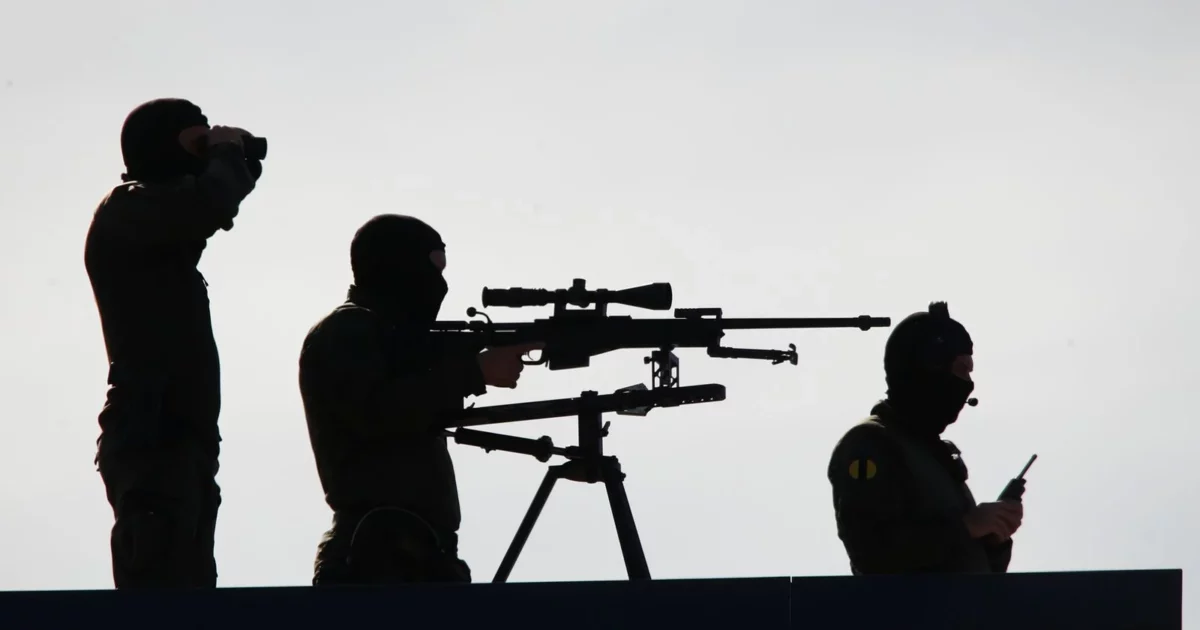
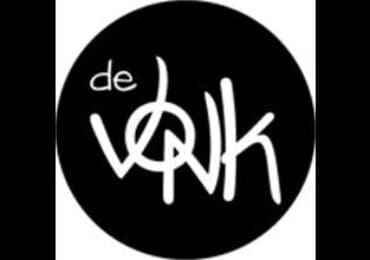
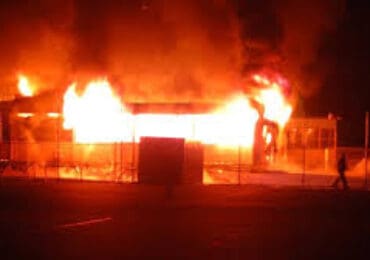

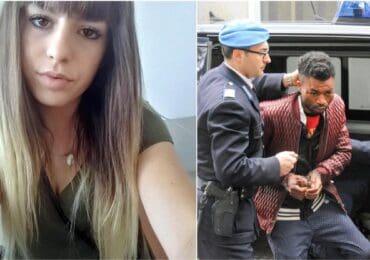

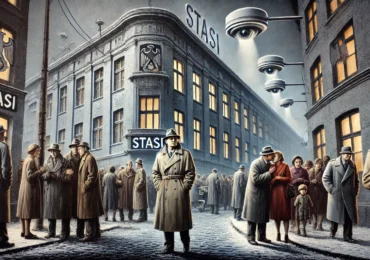



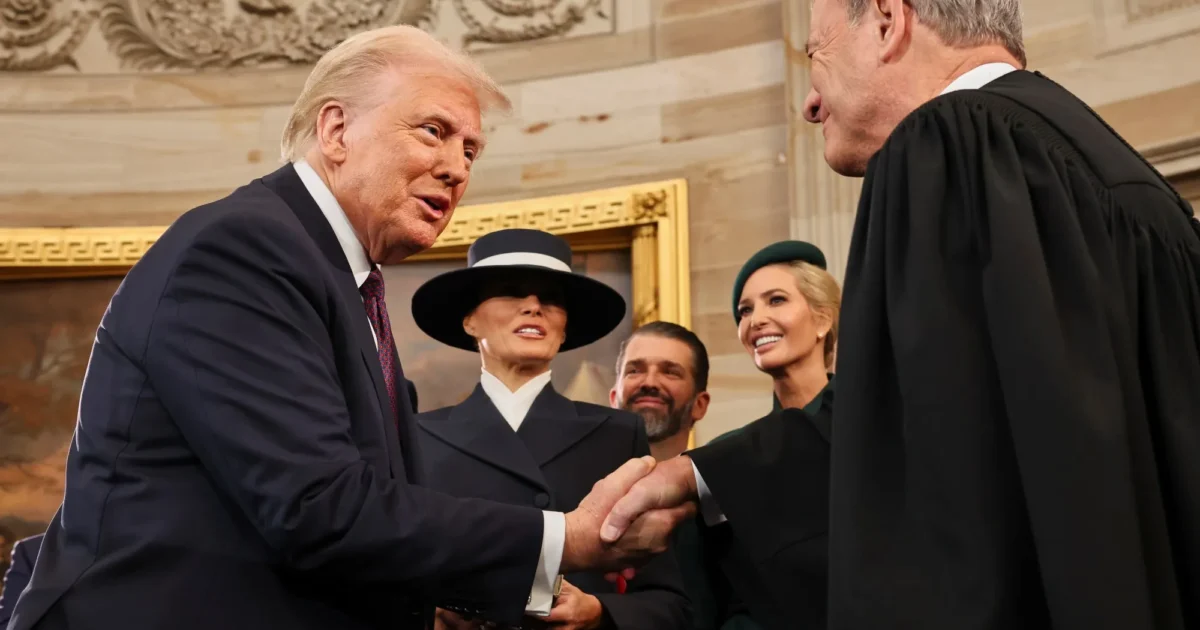
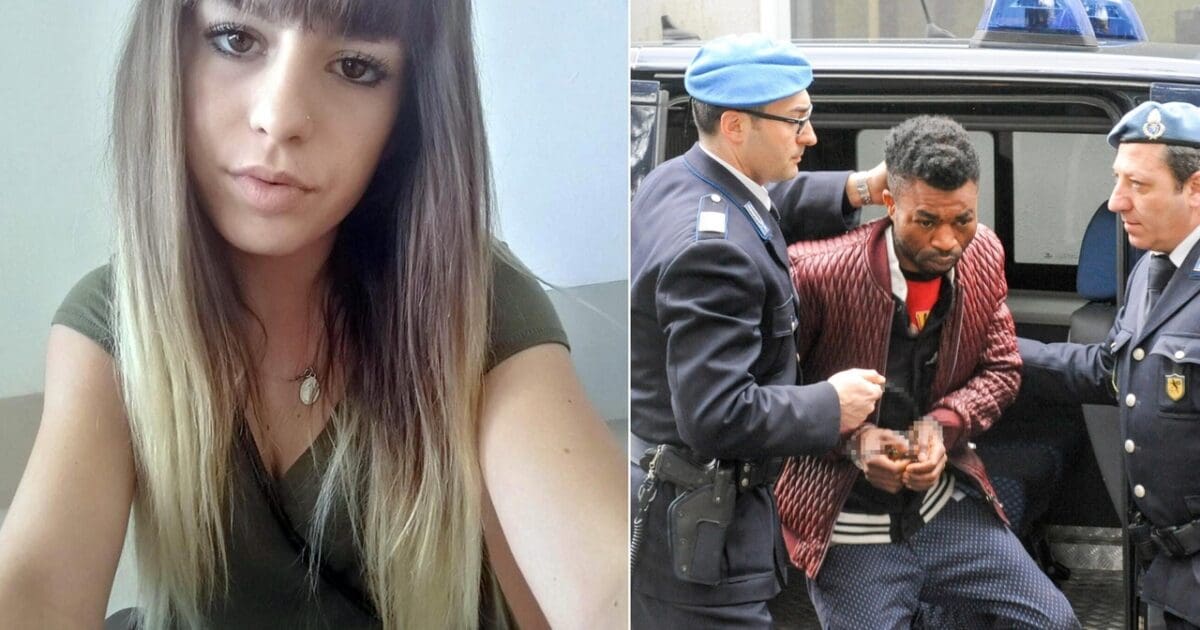
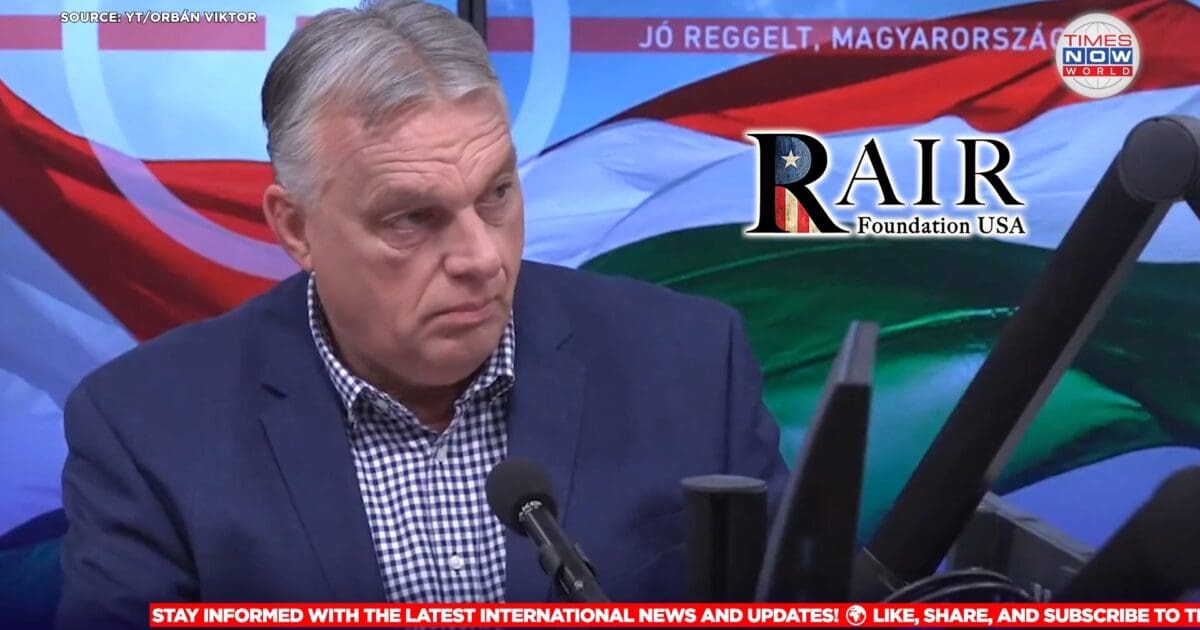
To all such worshippers of pagan idolatry, your eternal fate is sealed unless you accept Christ as your Savior.
I have my own all of the mooslum pigs.
Good way for the “bearded ones” to get a free ticket to his “star”, baphomet.
An interesting addition to the Lars Hedigaard story.
The only person arrested convicted and punished in the attempted assassination of Mr. Hedigaard, is Lars himself.
For some reason, despite the police knowing exactly who tried to kill him, they placed a publication ban on his name. Which I think is Basil Hassan. Lars thought that would make it impossible to catch him, so he announced that the only suspect in his attempted killing was in fact, Basil Hassan. For this, Lars was arrested, tried and prosecuted.
More on Basil:
https://ctc.westpoint.edu/the-controller-how-basil-hassan-launched-islamic-state-terror-into-the-skies/
The worst part is: All those who criticize islam in EU are prone to be arrested.
I wonder if we could publish such a list of Leftists?
Nice censoring of comments by RAIR again. Maybe time to stop reading RAIR.